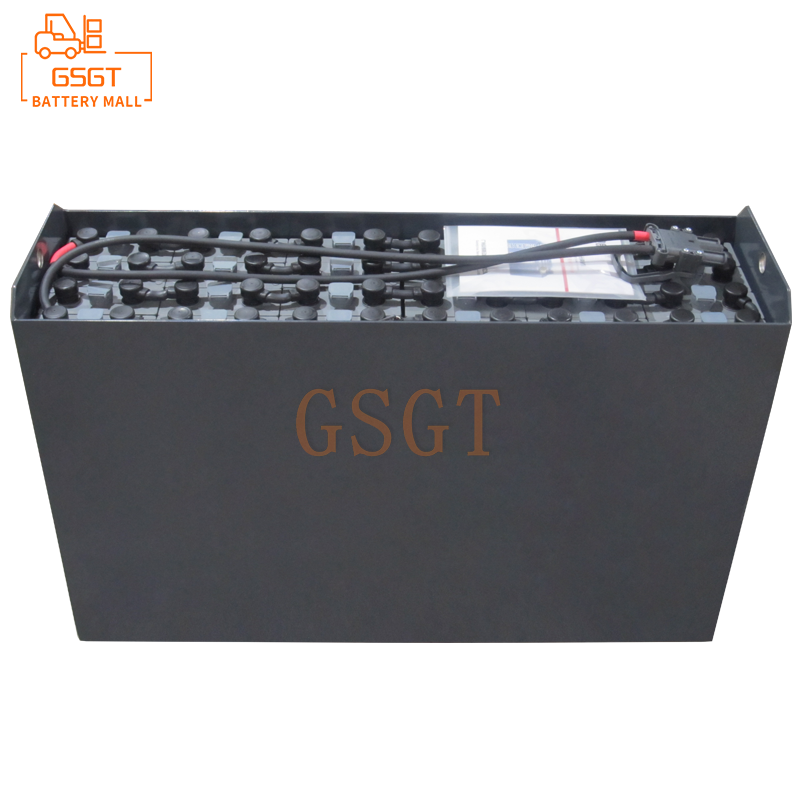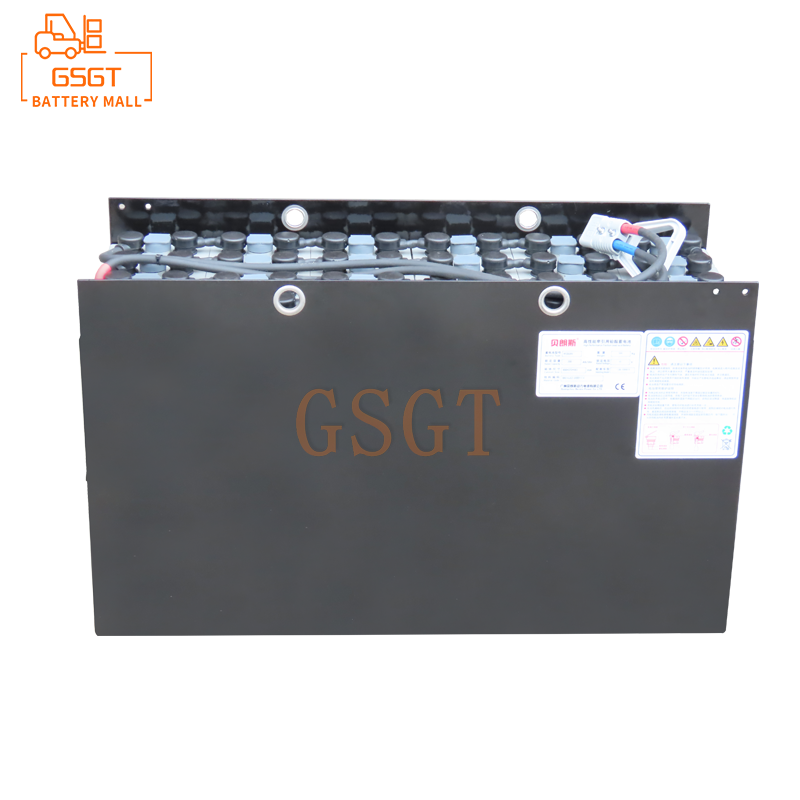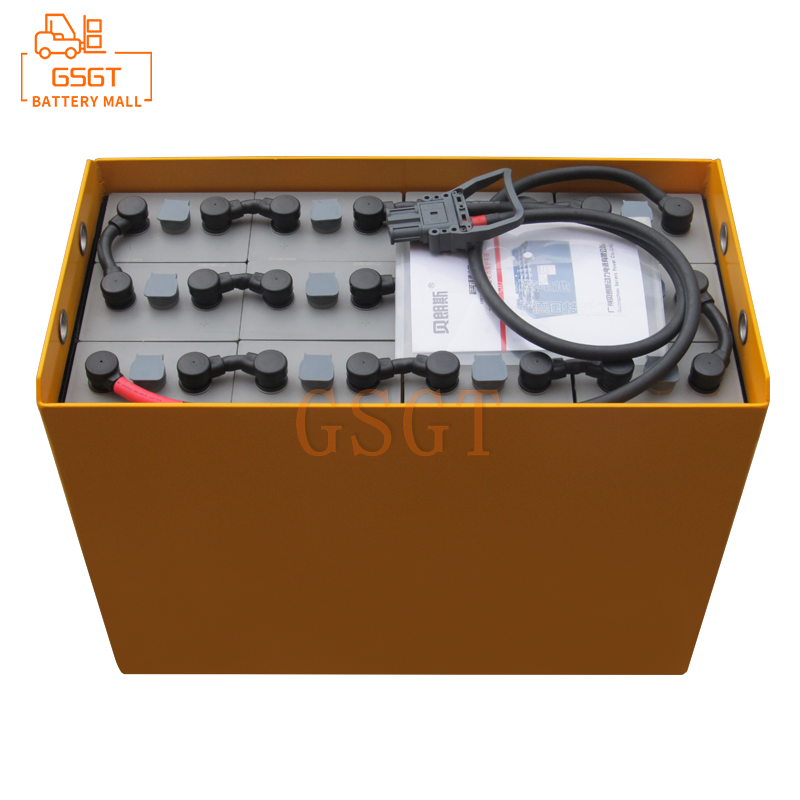Time:2025-07-05 10:26:30
Browse:617
In the logistics and warehousing industry, forklifts are indispensable handling equipment. As the power core of forklifts, lead-acid batteries, once they malfunction, will directly affect operational efficiency and even lead to work stoppages. Therefore, mastering the rapid location methods for lead-acid battery faults in forklifts is of vital importance for ensuring the normal operation of forklifts and reducing operating costs. This article will guide you to easily learn how to quickly locate faults in forklift lead-acid batteries through practical tips and Q&A.
1. Preparations before Troubleshooting
Before conducting troubleshooting, a series of preparatory work needs to be done. First of all, make sure to ensure your own safety. Wear insulating gloves and other protective equipment properly to avoid dangers such as electric shock during the inspection. Secondly, prepare the necessary testing tools, such as multimeters, hydrometers, etc. A multimeter can be used to measure parameters such as the voltage and current of a battery, while a hydrometer is used to detect the specific gravity of the electrolyte. These data are crucial for accurately diagnosing battery faults. In addition, it is necessary to be familiar with the basic structure and working principle of forklift lead-acid batteries, so as to better understand the connection between fault phenomena and causes.
2. Common Fault Phenomena and Cause Analysis
(1) The forklift is difficult to start or cannot be started
When encountering situations where forklifts have difficulty starting or cannot be started at all, many people feel at a loss. At this point, the first thing we need to consider is: What causes the forklift to fail to obtain sufficient power to start? One common reason is that the battery power is insufficient. The terminal voltage of the battery can be measured with a multimeter. If the voltage is significantly lower than the standard value, it indicates that the battery is undercharged. At this point, it is necessary to check whether the charging system is working properly, and to see if the charger is connected normally and if there are any problems such as damage or poor contact in the charging line.
Another possible reason is the sulfation of the battery plates. Plate sulfation can lead to an increase in the internal resistance of the battery and a decline in its discharge performance. By observing the state of the electrolyte, if it is found that the electrolyte is turbid and there are white and hard crystals on the surface of the plates, it can basically be determined that the plates are sulfated. The causes of sulfation of the plates are usually insufficient long-term charging of the battery and too low electrolyte level, etc.
(2) The battery charging time is too long or it cannot be charged
When the forklift battery takes too long to charge or fails to charge, we can't help but ask: What is the obstacle during the charging process? One situation is that the charger malfunctions. Check the status of the indicator light of the charger. If the indicator light is not on or flashing abnormally, you can try replacing the charger for testing. If it can charge normally after replacement, it indicates that there is a problem with the original charger and it needs to be repaired or replaced.
It could also be an internal fault of the battery, such as a short circuit of the plates. A short circuit of the plates will cause the battery to heat up severely during charging and the voltage to rise slowly. It can be determined by measuring the voltage of a single cell battery. If the voltage of a certain single cell battery is significantly lower than that of others and it gets very hot during charging, it is very likely that there is a short circuit in the plates of this single cell. In addition, the drying up of the electrolyte can also prevent charging. Check the height of the electrolyte level. If the level is too low, distilled water or special lead-acid battery replenishment liquid should be added.
(3) Battery leakage
When we find that the battery is leaking, we need to explore where the source of the leakage is. Damage to the battery casing is one of the common causes of leakage. Carefully inspect the battery casing for any cracks or damages, especially at the bottom and corners of the casing. If any damage is found, the casing needs to be replaced or repaired in time.
In addition, poor sealing of the terminal posts can also cause leakage. Observe whether there are any traces of electrolyte seepage around the terminal post. If so, disassemble the terminal post to check if the sealing gasket is aged or damaged. Replace the sealing gasket and reinstall the terminal post if necessary.
3. Practical Tips for Fault Location
In addition to analyzing specific fault phenomena, there are also some practical tips that can help us quickly locate faults. Regularly conduct an appearance inspection of the battery to check if the casing is deformed or bulging, and if the terminals are severely oxidized, etc. These abnormal appearances are often early signals of faults.
In daily use, record the number of charge and discharge cycles, charging time and other data of the battery. Through the changing trends of the data, potential fault hazards can be detected in advance. For instance, if you notice that the charging time is gradually increasing, you should be alert to the possibility of a performance decline in the battery.
In addition, by comparing the parameters of the battery of the same model that is working normally, the fault point can also be quickly identified. Compare the voltage, electrolyte specific gravity and other parameters of the faulty battery with those of the normal battery. The obvious differences are very likely to be the location of the fault.
To master the method of quickly locating faults in forklift lead-acid batteries, we need to be familiar with common fault phenomena, deeply analyze the causes of faults, and flexibly apply practical skills. Through continuous practice and summary, we believe that you can quickly and accurately locate and solve the faults of the lead-acid battery of the forklift, ensuring the efficient operation of the forklift and providing a solid guarantee for the smooth progress of logistics and warehousing operations.

$2530

$3400

$2040

$2530

MESSAGE
Professional And Efficient
Security
Affordable Price
Professional Services